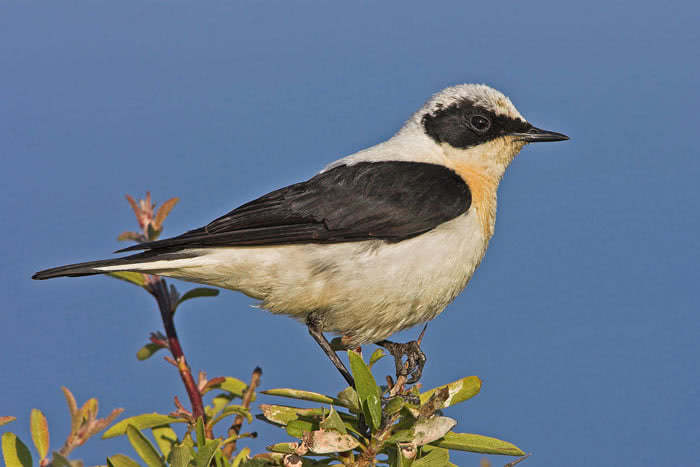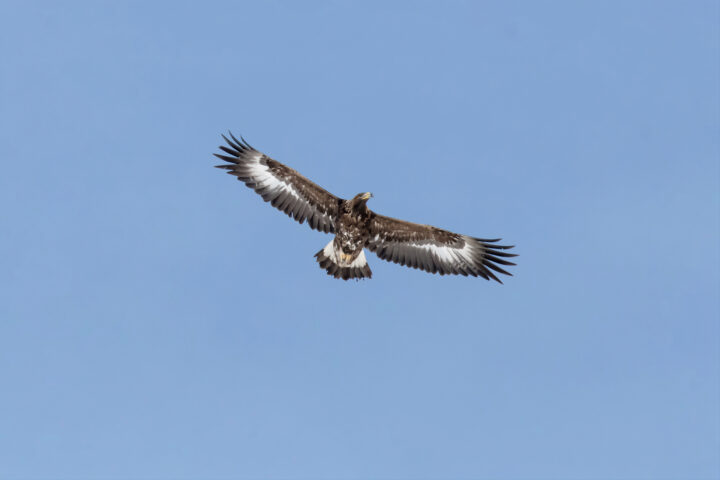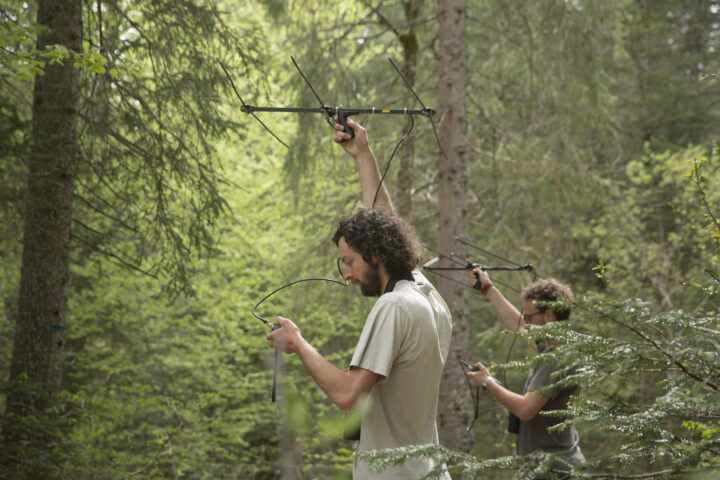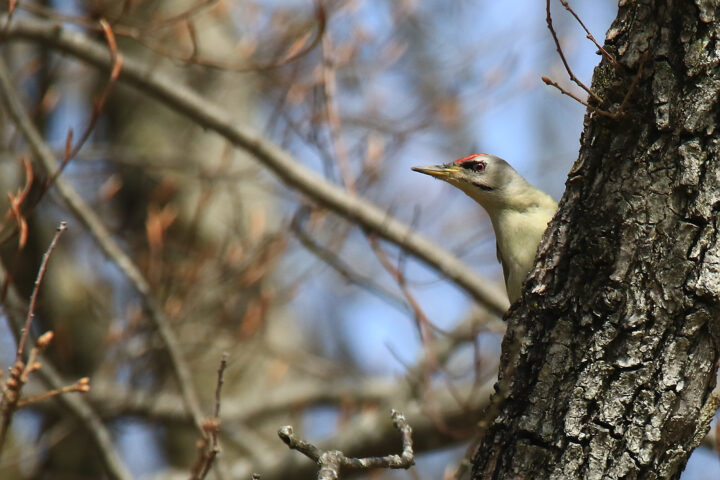Nature is home to a splendid diversity of phenotypes and species, yet we only begin to unravel the complex molecular and evolutionary mechanisms underpinning the many ways in which species and individuals differ. Owing to recent technological revolutions, we now have unprecedented access to genome-wide molecular diversity and can start tackling some of the most pertinent questions on the evolution of this biodiversity: What are the molecular bases of phenotypic adaptation and species‘ boundaries? Which roles do already existing genetic variants, novel genetic variants, and the genetic exchange of genetic variants upon hybridization play in the evolution of phenotypes and species?
Western black-eared wheatear | Mittelmeersteinschmätzer | Traquet oreillard | Oenanthe hispanica. Spain, 2008.
Western black-eared wheatear | Mittelmeersteinschmätzer | Traquet oreillard | Oenanthe hispanica. Spain, 2008.
Eastern black-eared wheatear | Mittelmeersteinschmätzer | Traquet oreillard | Oenanthe melanoleuca. Black-throated phenotype. Lesvos, Greece, 2017.
Eastern black-eared wheatear | Mittelmeersteinschmätzer | Traquet oreillard | Oenanthe melanoleuca. White-throated phenotype. Mainland Greece, 2022.
Pied wheatear | Nonnensteinschmätzer | Traquet pie | Oenanthe pleschanka. Romania.
Cyprus wheatear | Zypernsteinschmätzer | Oenanthe cypriaca
Insights into the molecular underpinnings and natural history of phenotypic and species evolution
Project team members
Betroffene Vogelarten
Ecological research
We investigate the diverse interactions of birds with their environment, from individual settlement behaviour to species communities.






























